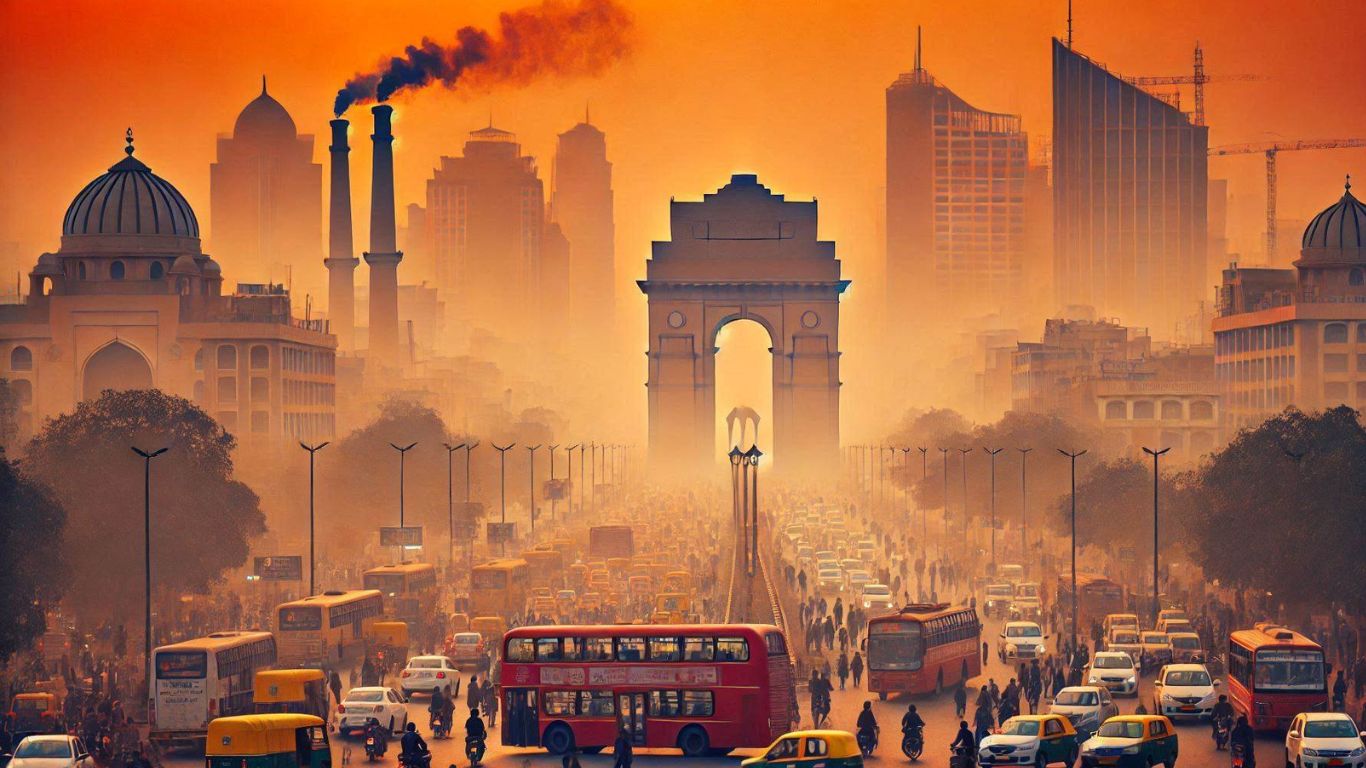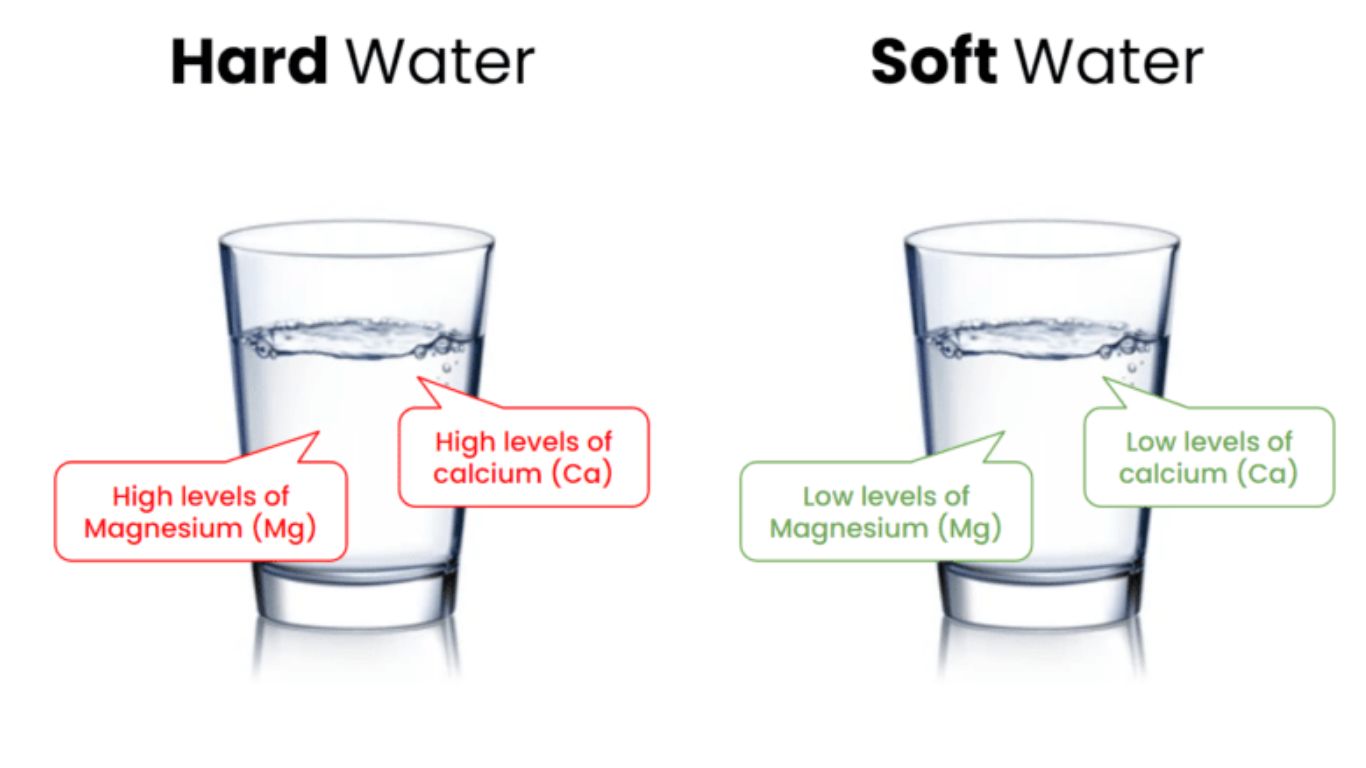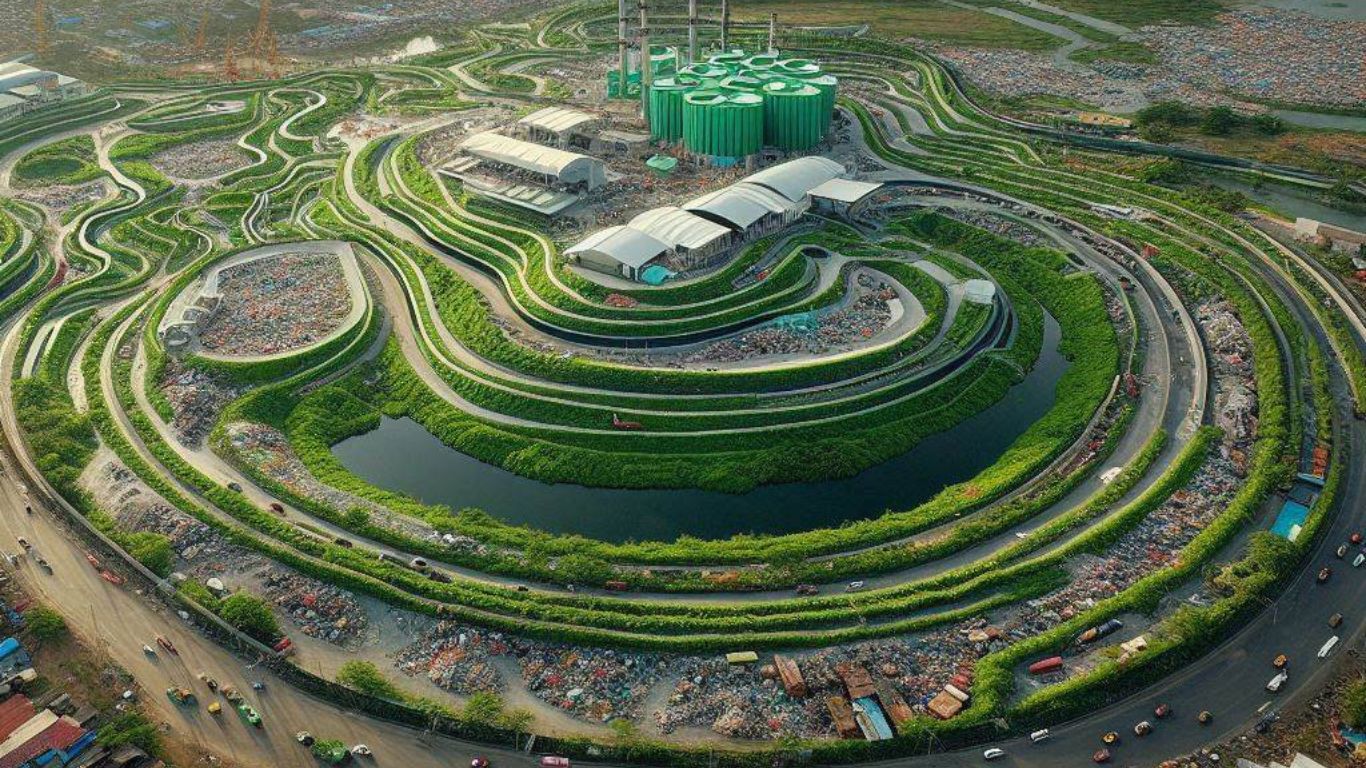Delhi’s air pollution has once again reached alarming levels, prompting authorities to enforce GRAP Stage 4 restrictions under the Graded Response Action Plan (GRAP). On December 16, 2024, as the Air Quality Index (AQI) breached the 400 mark and entered the ‘severe’ category, restrictions were implemented to combat the worsening air quality.
This comes after a temporary improvement in pollution levels allowed the Supreme Court (SC) to relax GRAP-4 to Stage 2 measures on December 5, 2024. However, stagnant wind conditions, smog, and an inversion layer have now exacerbated the pollution crisis.
1. What is GRAP and Why is it Enforced in Delhi?
The Graded Response Action Plan (GRAP) is a comprehensive air quality management strategy implemented in Delhi-NCR to control air pollution, particularly during the winter months.
How Does GRAP Work?
GRAP categorizes air quality into four stages based on the AQI:
- Stage I (Poor): AQI between 201-300
- Stage II (Very Poor): AQI between 301-400
- Stage III (Severe): AQI between 401-450
- Stage IV (Severe Plus): AQI above 450
Each stage triggers a set of actions and restrictions aimed at reducing emissions and controlling pollution sources.
2. GRAP 4: What’s Allowed and What’s Banned?
As Delhi’s air quality crossed the ‘Severe Plus’ mark (AQI >450), the following GRAP Stage 4 restrictions were enforced:
Construction and Demolition (C&D) Ban
- All construction activities are completely banned.
- Includes public projects such as highways, roads, flyovers, power transmission lines, pipelines, and telecommunication infrastructure.
Truck Entry Restrictions
- Entry of trucks into Delhi is restricted.
- Exceptions include trucks carrying essential goods and vehicles operating on:
- LNG
- CNG
- Electric
- BS-VI compliant diesel engines
Ban on Older Diesel Vehicles
- Delhi-registered BS-IV and older diesel heavy goods vehicles (HGVs) are banned.
- Exceptions apply for vehicles engaged in essential services.
Hybrid Learning for Schools
- Schools in Delhi and neighboring districts like Gurugram, Faridabad, Ghaziabad, and Gautam Buddh Nagar adopt hybrid learning:
- A mix of online and offline modes for Classes VI-IX and XI.
- Students and parents can opt for online learning.
- Other NCR districts are encouraged to adopt hybrid models where feasible.
Work-from-Home Measures
- Public, municipal, and private offices in NCR are directed to operate at 50% capacity.
- Remaining employees are required to work from home.
- The Central Government is advised to consider similar measures for central employees.
Emergency State Government Actions
- State Governments can implement emergency measures like:
- Closing colleges and non-essential commercial activities.
- Introducing odd-even vehicle schemes for private vehicles.
3. Why Was GRAP 4 Enforced in Delhi?
On December 16, 2024, Delhi’s air quality deteriorated rapidly due to:
Stagnant Wind Conditions
Low wind speeds prevented pollutants from dispersing, causing an increase in PM2.5 and PM10 levels.
Inversion Layer Formation
An inversion layer trapped pollutants closer to the ground, limiting their vertical dispersion. This phenomenon is common during winter.
AQI Breakdown
By 4 PM, Delhi’s 24-hour average AQI stood at 379 (Severe). However, by 10 PM, it crossed the 400 mark, necessitating Stage 4 restrictions.
4. GRAP Stage 3 vs GRAP Stage 4: Key Differences
While GRAP Stage 3 focuses on stricter curbs to manage ‘severe’ air quality, Stage 4 escalates measures to tackle the ‘Severe Plus’ category.
| Measure | GRAP 3 | GRAP 4 |
|---|---|---|
| Construction Ban | Restricted to private projects | Extended to public and linear projects |
| Truck Entry | Limited restrictions | Complete ban (except essentials) |
| Diesel Vehicles | BS-III banned for light vehicles | BS-IV banned for heavy vehicles |
| Work-from-Home | Advisory for private offices | Mandatory for 50% staff |
| Schools | Encouraged hybrid learning | Mandatory hybrid learning |
5. How Did Air Quality Improve on December 5, 2024?
Earlier this month, on December 5, the Supreme Court permitted the Commission for Air Quality Management (CAQM) to ease GRAP Stage 4 restrictions to Stage 2 after observing an improvement in air quality. Factors contributing to this included:
- Improved Wind Speed: Helped disperse pollutants.
- Reduced Local Emissions: Temporary reduction in vehicular traffic and construction activities.
- Rainfall in Surrounding Areas: Light showers in neighboring states helped clear dust and pollutants.
6. Smog and Health Risks in Delhi During Winter
The rise in pollution levels and smog can cause severe health complications, including:
- Respiratory Issues: Difficulty in breathing, asthma attacks, bronchitis.
- Eye Irritation: Redness and itchiness.
- Cardiovascular Problems: Increased risk for individuals with heart conditions.
- Allergies and Skin Issues: Worsening of pre-existing conditions.
Who is Most Affected?
- Children
- Elderly individuals
- People with pre-existing respiratory or heart conditions
7. Measures Citizens Can Take to Protect Themselves
Amid rising pollution levels, individuals can take the following measures:
- Wear Masks: Use N95 or N99 masks to filter out pollutants.
- Stay Indoors: Limit outdoor activities, especially during peak smog hours.
- Air Purifiers: Use indoor air purifiers to maintain clean air quality.
- Avoid Physical Exertion Outdoors: Reduce heavy physical activities like jogging during high AQI periods.
- Hydration and Nutrition: Stay hydrated and consume antioxidant-rich foods.
8. Future Outlook: Can Delhi’s Pollution Crisis Be Solved?
While GRAP restrictions offer temporary relief, a long-term solution is necessary to combat Delhi’s air pollution. Steps like:
- Promoting clean energy alternatives (electric vehicles, renewable energy).
- Reducing dependence on diesel vehicles.
- Increasing green cover through massive afforestation.
- Strict enforcement of anti-pollution laws for industries and construction activities.
The implementation of GRAP 4 restrictions underscores the gravity of Delhi’s air pollution crisis. As AQI levels soared beyond 450, authorities had no choice but to impose strict curbs on construction, traffic, and daily activities.
While short-term measures like GRAP help manage pollution spikes, addressing the root causes—vehicular emissions, construction dust, and industrial pollution—remains critical for sustainable improvement.
The onus lies not just on governments but also on citizens to adopt eco-friendly practices and contribute to cleaner air.
FAQs
1. What is GRAP 4?
GRAP Stage 4 is the strictest level of restrictions under the Graded Response Action Plan, triggered when AQI exceeds 450.
2. Why was GRAP 4 implemented in Delhi?
It was implemented as Delhi’s AQI breached 450 due to stagnant winds and smog formation.
3. Are trucks allowed in Delhi under GRAP 4?
No, trucks are banned except for those carrying essential goods or running on LNG, CNG, or electric fuel.
4. What restrictions are imposed on schools under GRAP 4?
Hybrid learning (online and offline) is mandatory for Classes VI to IX and XI in Delhi and NCR districts.
5. How can individuals protect themselves during high pollution levels?
Wear N95 masks, use air purifiers, limit outdoor activities, and stay hydrated.















